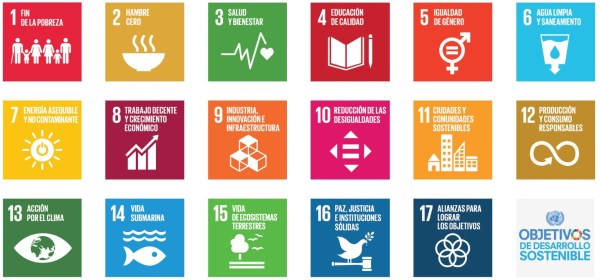Climate change is a reality. Perhaps we don’t always associate it with phenomena such as heat waves, floods or droughts. It is important that we realise that the warming of the planet puts our well-being at stake. We all know that phenomena such as increased population, growth of urban areas and resource depletion make it little more difficult for us to fight this great evil. Therefore, the Paris 2015 Climate Summit (COP21) represents a new opportunity for change. An opportunity for an agreement between countries and companies with a same goal: the fight against climate change.
Today, cities are responsible for 75% of the energy being consumed in the world and generate 80% of greenhouse gases. This, coupled with predictions indicating that by 2050 cities will take in more than two-thirds of the planet’s inhabitants compared to the current 50%, turns an agreement at the COP21 into a challenge to ensure the well-being of society. The question we should be asking ourselves now is: what threats are these cities facing due to climate change? What capability do they have to respond to such effects?
To provide an answer to these questions, the European Environmental Agency (EEA) has designedinteractive maps in order to show the different factors present in cities that influence and determine the vulnerability of urban areas when it comes to climate change. Thus, this new tool, available on the portal Climate-ADAPT, allows us to see globally a first advance on the new challenges facing cities.
These interactive maps focus on four main threats: Heat waves, water shortage, floods e forest fires. Also additional data that affect these pillars takes into account as, for example, the number of elderly people who live in the city and which are more sensitive to heat waves, water consumption, existing green areas or the financial resources of the city in question.
This is a first estimate on the vulnerability of cities, since it is important to note that, in matters of climate change, the future is uncertain and the projections of effects often change according to knowledge expands on affecting factors. The collection of specific data on a local level may provide better results in some cases. Therefore, the web allows users to create their own maps including complementary data.
In addition, we would like to encourage you to join #PorElClima the following campaign“1 million commitments for the climate”, seeking a great common agreement against climate change, within the framework of the COP21.












